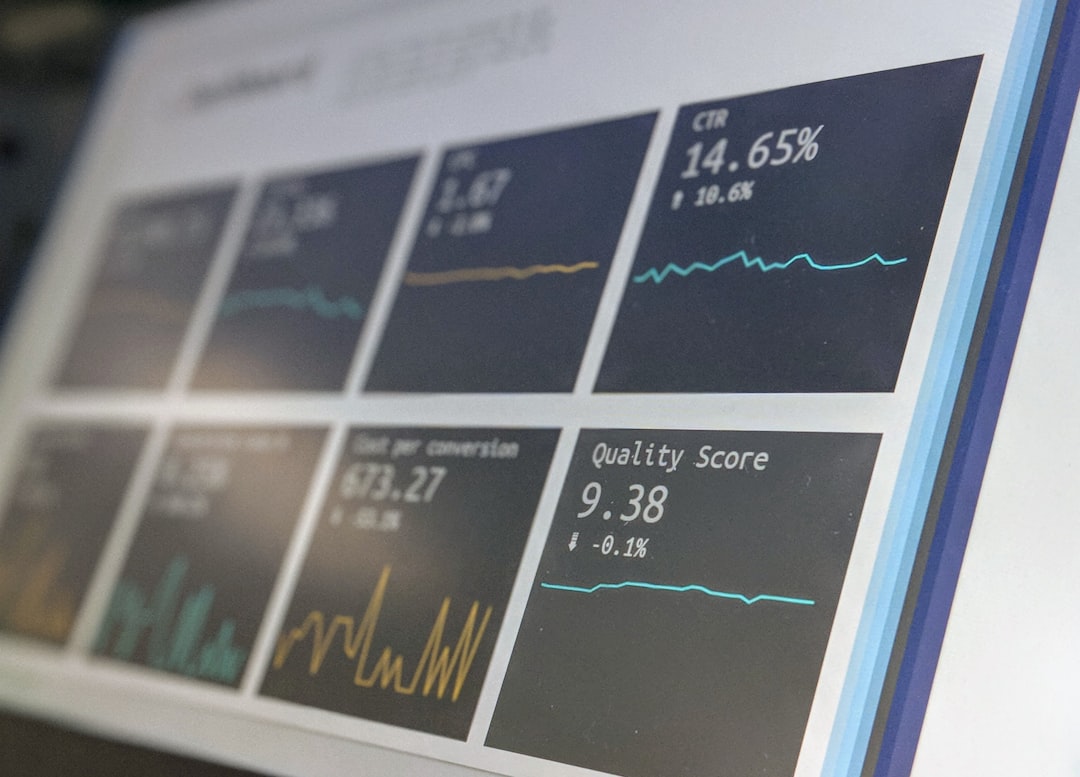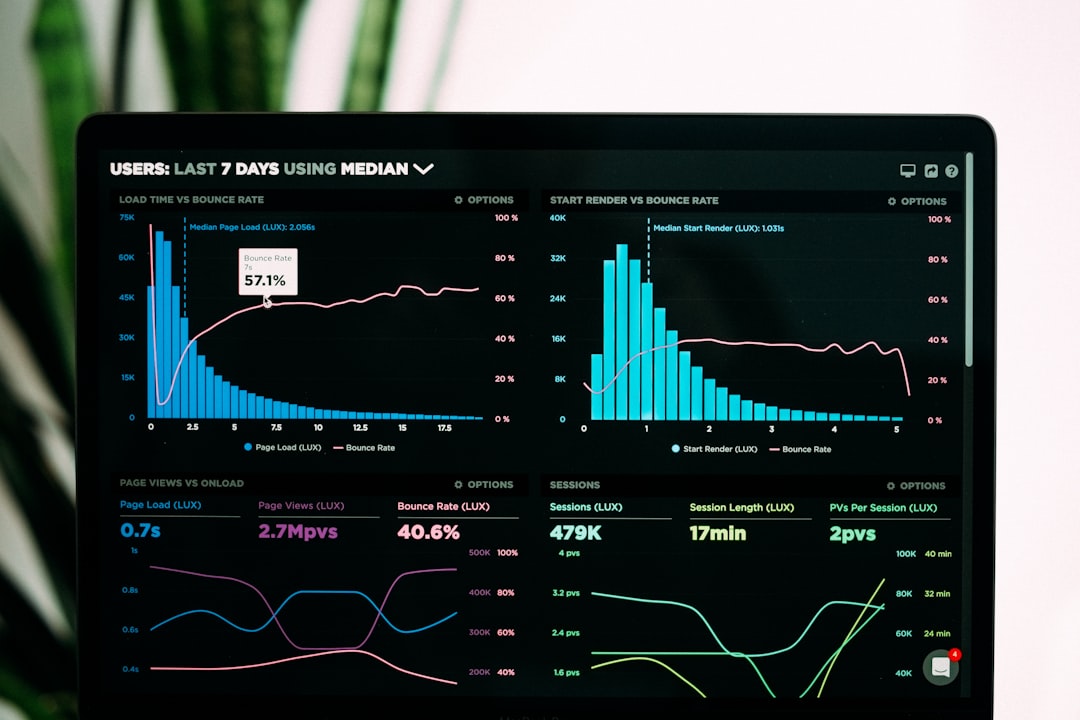
The Role of Government in the Economy: A Comprehensive Overview
# Introduction. The relationship between government and the economy is a fundamental aspect of modern societies. This interaction shapes economic policies, regulates industries, and influences the overall economic environment. Historically, the role of government in economic matters has evolved, reflecting changes in societal needs and economic theories. Understanding this role is essential for grasping how economies function and how they are affected by policy decisions. # 1. Historical Context of Government Involvement in the Economy. Government intervention in the economy can be traced back to ancient civilizations, where rulers established laws and regulations to maintain order and promote prosperity. Throughout history, various economic theories, such as mercantilism and Keynesianism, have emerged, each advocating different levels of government involvement. Mercantilism, dominant in the 16th to 18th centuries, emphasized the accumulation of wealth through strict governmental control and regulation of trade. In contrast, Keynesian economists argue for active government intervention, especially during economic downturns, to stimulate demand through fiscal policies. # 2. Government as a Regulator and Protector of the Economy. One of the primary roles of government in the economy is to regulate industries to protect consumers, the environment, and fair competition. Regulatory agencies, such as the Federal Trade Commission in the United States, oversee businesses to prevent monopolies and monopolistic practices that could harm consumers. Environmental regulations ensure that businesses operate sustainably, balancing economic growth with ecological preservation. Additionally, labor laws protect worker rights, set minimum wage standards, and ensure workplace safety, contributing to a stable and equitable economy. # 3. The Role of Government in Stabilizing the Economy. Governments play a crucial role in stabilizing the economy through monetary and fiscal policies. Central banks adjust interest rates and implement quantitative easing measures to influence money supply and borrowing costs. During economic recessions, governments may increase public spending or cut taxes to stimulate growth, creating a safety net for citizens affected by job losses. Such interventions aim to smooth out economic fluctuations, ensuring a more consistent economic growth trajectory and minimizing the impact of downturns. # 4. Government as an Economic Producer. In addition to regulation, governments often serve as economic producers themselves, engaging in industries deemed essential or where market failures exist. Public services like healthcare, education, and infrastructure are typically financed and provided by the government due to their importance in promoting societal well-being, which the private sector may under-provide. Some countries have nationalized major industries—such as oil, gas, or public transportation—to ensure that profits benefit society rather than private shareholders. # 5. Public Welfare and Social Safety Nets. Another critical role of the government in the economy is the provision of social safety nets. Programs such as unemployment benefits, food assistance, and social security aim to protect the most vulnerable populations from economic hardships. By redistributing wealth through taxation and social programs, governments can help reduce poverty and inequity, fostering a more balanced economic environment. Welfare measures also stimulate economic activity by providing families with the purchasing power needed to participate in the economy. # 6. Challenges Facing Government Economic Intervention. Despite the vital role that governments play, their economic interventions often face challenges and criticisms. Critics argue that excessive government involvement can lead to inefficiency, bureaucratic red tape, and the misallocation of resources. Instances of corruption and misuse of funds may also arise, undermining the efficacy of programs targeted at aiding the economy. As such, balancing intervention with market freedoms remains a critical challenge for policy-makers. # 7. Future Directions for Government and the Economy. Looking ahead, the role of government in the economy is likely to evolve with changing global dynamics, such as technological advancement, environmental challenges, and social equity issues. Governments may increasingly need to address the repercussions of globalization, such as income inequality and the impact of automation on jobs. Climate change will compel governments to innovate through new regulations and incentives aimed at facilitating a green economy. # Conclusion. The role of government in the economy is multifaceted and crucial for fostering sustainable growth, ensuring equity, and stabilizing economic fluctuations. Through regulation, fiscal policies, and the provision of public services, governments help create an environment in which economies can thrive. However, striking a balance between intervention and market freedom remains an ongoing challenge that requires careful consideration and adaptation as global conditions evolve. .








